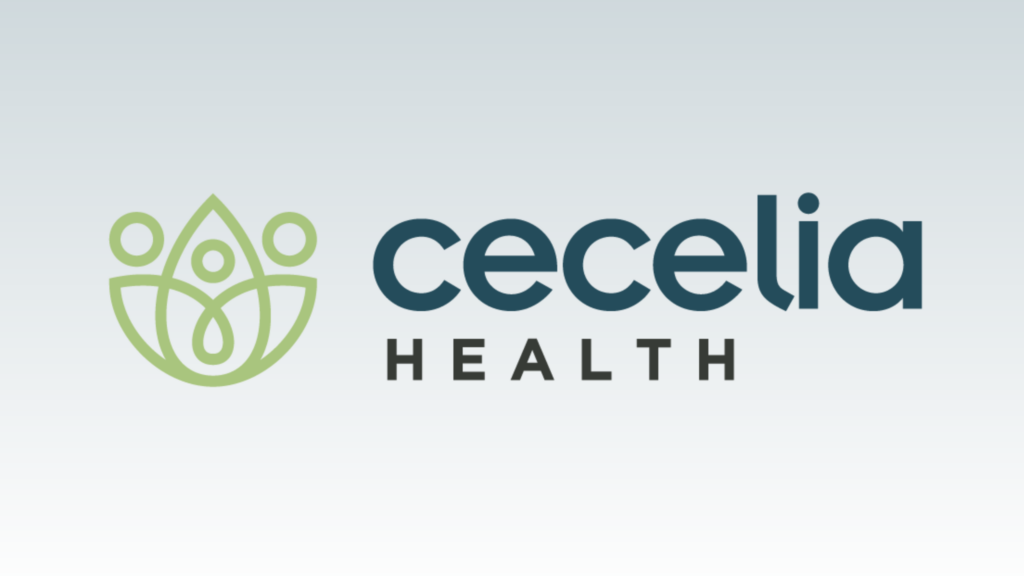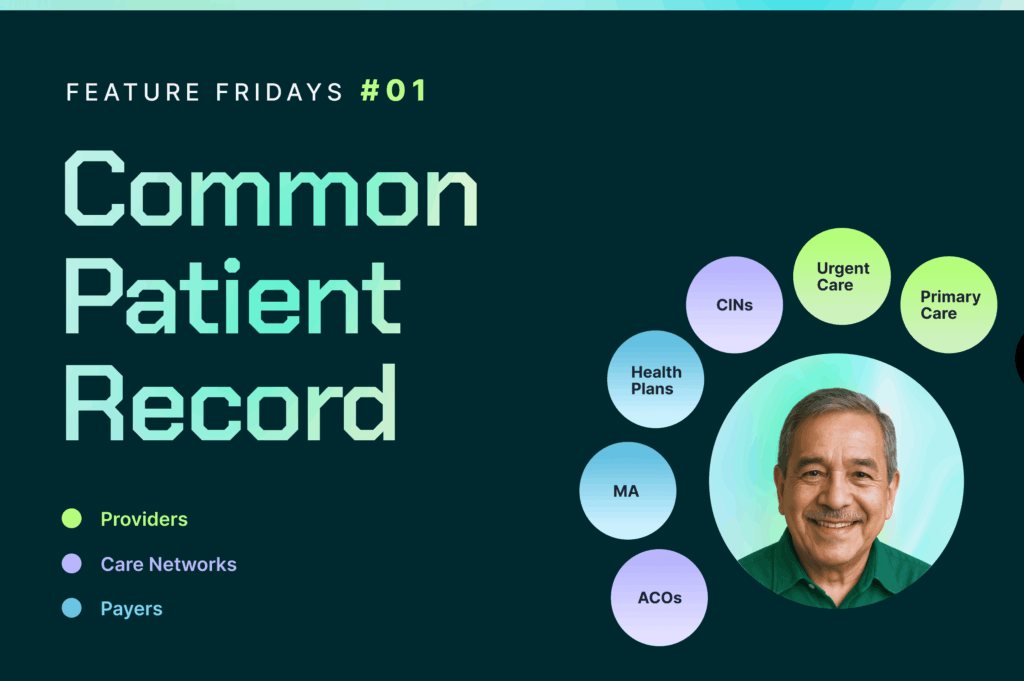Overview
Cecelia Health is a virtual specialty medical practice for people with chronic conditions focused on improving care plan adherence and health outcomes. The organization partners with health plans, health systems, pharma, and retail healthcare to complement existing care management efforts and close critical care gaps.
How Cecelia Health leverages data across the clinical journey
Cecelia Health is a data-driven organization committed to leveraging all available insights to provide high-quality, more informed care to their patients. At each step of the clinical and patient journey, Cecelia Health infuses data into their processes to optimize:
- Intelligent patient onboarding:
- Confirming patient alignment with program objectives
- Prioritizing patients by risk to create care cohorts
- Clinical insights & patient experience:
- Streamlining patient intake and improving patient and clinician experience
- Providing more informed, tailored treatment to their patients
- Measurable outcomes:
- Tracking clinical impact
- Assessing financial impact
Across each of these steps, Cecelia Health has been able to enhance current processes with Zus’s comprehensive, enriched patient data directly in their existing workflows.
In this case study, we will explore how Cecelia Health applies intelligent data to elevate their patient outreach approach.
The Unmet Need
Cecelia Health receives a high volume of patient referrals from their partners that can be effort-intensive to sort through. Cecelia Health can leverage their internal expertise to intelligently narrow the patient funnel, but without comprehensive, reliable data on these patients, Cecelia Health had historically engaged in a similar outreach strategy for each patient, regardless of their risk profile or health needs.
Initiating the clinical pathway for well-managed patients before those that are high-risk focuses resources on the wrong people, and can increase the likelihood of catastrophic health events.
To more effectively allocate their outreach and treatment efforts, Cecelia Health was seeking a scalable, more accurate method to segment patients into risk cohorts to ensure the highest-need patients are prioritized for care and to assign patients to the appropriate care management resources given their clinical needs.
The Solution
After receiving a referral from their customer, Cecelia Health uses the Zus API to aggregate patient history data and evaluate patient alignment with standard program objectives across the attributed population. The company can then prioritize referred patients that meet the inclusion criteria. With these qualified patients, Cecelia Health uses condition-specific medical history data to evaluate patients’ severity of illness to create risk cohorts accordingly and to identify, organize, and assign the appropriate clinical resources based on the patients’ needs. Cecelia Health then prioritizes patient cohorts for clinician outreach and treatment by clinicians and care managers who are best-suited to treat the target disease based on their training and expertise and who meet other clinical operations criteria. This ensures that the patients with the greatest health needs receive early, clinically appropriate, disease-focused care to improve outcomes.
Because Cecelia Health understands their patients’ health needs, they are able to use Zus data to assign the most appropriate care manager to each patient and tailor their outreach efforts to optimize the likelihood of successful engagement. Cecelia Health leverages the patient’s medical history accessed via Zus to provide more informed, personalized treatment that accounts for all of their past health experiences. Additionally, data accessed via the Zus API helps Cecelia Health’s customers more deeply understand their own members’ conditions and health status.
The Impact
Via the Zus API, Cecelia Health can most effectively deploy its clinical team to treat the patients with the greatest need for hands-on care. Without leveraging the patient medical data provided by Zus, Cecelia Health would receive a high volume of patient referrals from a customer to manage for a specific health condition. The clinical team would then review these referrals and call each of these patients with minimal prioritization and minimal ability to assign the most appropriate clinical resources and optimize clinical operations. In this scenario, clinicians may focus on individuals who have their condition relatively well-managed, potentially delaying the ability of high-need patients to enter the treatment program. For certain conditions, delaying care can lead to meaningful disease progression and financial cost to the patient and the healthcare system, underscoring the importance of treating high-risk patients as early as possible.
Practically, prioritizing patient outreach by risk cohort means that the highest-need patients will be able to connect with their care teams and schedule appointments sooner. By moving these patients up in the queue, Cecelia Health is able to ensure that the overall health of their referred population is optimized by focusing on the patients that most need support, thus providing both health improvements and collective cost savings. In doing so, Cecelia Health also makes sure that each patient is connected to the best clinician for their unique clinical needs and receives care informed by their entire health history.
As a note, Zus does more than just aggregate this patient medical history – we also match patients across data sources with our Universal Patient Index, enrich and standardize data across codesets, intelligently refresh this data based on new events, and more.
Deep Dive
Cecelia Health recently partnered with a NYC-based Medicare plan to implement a population health diabetes management program (for more details, see here). Over the course of the 6-month program, Cecelia Health demonstrated an average 1.8 point reduction in A1c, an important diabetes metric, among participants at high risk.
Consider the following illustrative example. Cecelia Health receives referrals from a health plan to manage diabetes care for a new group of patients, about a third of whom are considered high-risk. For this engagement, Cecelia Health uses the data they access via the Zus API to more efficiently risk-stratify their referred patients, which enables them to even more intelligently prioritize patient outreach and care. As a result, all of the high-risk patients are contacted and treated in the first month of the 6 month program. By treating the highest-risk patients first, Cecelia Health can ensure that those most in need of care are prioritized for treatment and connected with the most appropriate care team, which improves health outcomes across the board.
On average, a 1-point reduction in A1c among patients with type 2 diabetes can lead to an estimated savings of $1,165 in annual healthcare costs per patient.1 By accelerating the care of the highest-need patients and enabling clinicians to engage with these patients from the very start, Cecelia Health ensures that their customers maximize their potential annual savings – which could reach well over $1M across a population of 10,000 patients. When Cecelia Health is able to target their high-impact treatment to the patient populations that can most benefit, every stakeholder – across patients, the health plan, practicing clinicians, Cecelia Health – wins by achieving better health, financial, and experience outcomes.
1The relationship between HbA1c reduction and healthcare costs among patients with type 2 diabetes: evidence from a U.S. claims database.
If you are a value-based care organization interested in leveling up your patient outreach targeting with real-time, relevant data, drop Zus a line here.




